Does Burying Fish Help Your Tomato Plants?
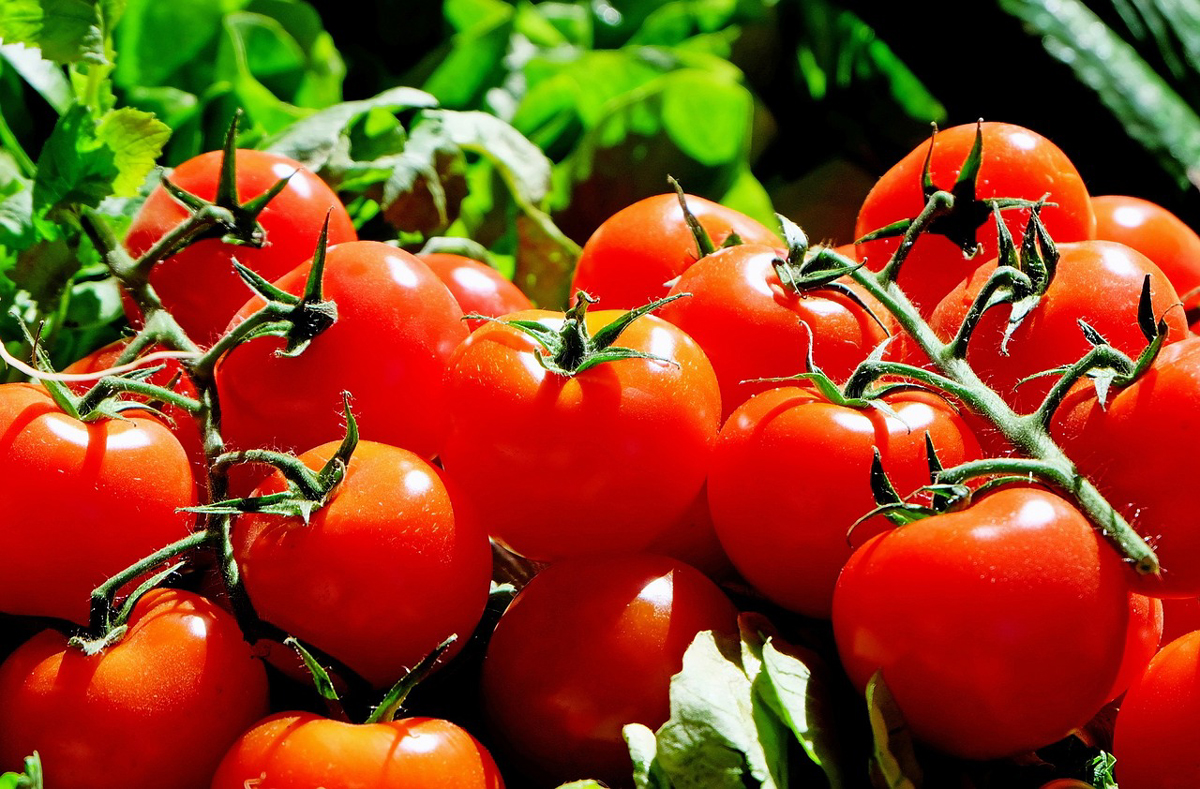
Learning how to produce the best growing tomatoes you can does not mean you have to be the most skillful gardener around, but, knowing a few basics will make the experience easier and fun. Many gardeners strongly believe that burying fish helps your tomato plants.
The various fish parts, such as the bones, heads, and guts contain many beneficial nutrients. As the protein breaks down in the buried fish, vitamins, minerals, and nitrogen are released – all of that can help you attain the best growing tomatoes. The protein helps to support root and foliage growth, as well as to promote vigorous blooms.
Many varieties of fish can be used – salmon, trout, herring, and sardines are the more common ones. Whichever kind you choose, it is best to bury them well before planting your tomato plants – that way the decomposing process will not be drawing nutrients from the soil at the same time the plant is trying to get the soils’ nutrients.
Because of concern with animals digging the fish up, the ideal depth to bury them is at least 1 – 1 1/2 feet down beside or under each tomato plant, though some gardeners have no problem with burying only 5 – 6 inches down. Sprinkling cayenne pepper around the plants will also help to discourage the animals. If you have moles, it may just be easier to use a fish emulsion. Alaskan Fish Fertilizer smells better than most.
If you enjoy fishing, freeze the parts of the fish you do not eat (scales, heads, and insides) and use those parts as fertilizer. If you wrap the fish in newspaper, the newspaper can be buried as well. The fish can be put in the ground frozen – that way they are well under the surface before thawing and releasing an odor. The fish usually breaks down within a few weeks.
Interestingly, there are some stories out there about other animals being used as fertilizer. People have been known to bury their pets near a prized plant or tree, and see significant growth and a greater number of blooms.
These are just several methods of how to bury fish to help your tomato plants be as healthy as possible. By providing this extra protein, growing tomatoes can provide much enjoyment and plenty of tasty meals!
The Author:
Deb R. is an avid gardener with a special interest in growing tomato plants.


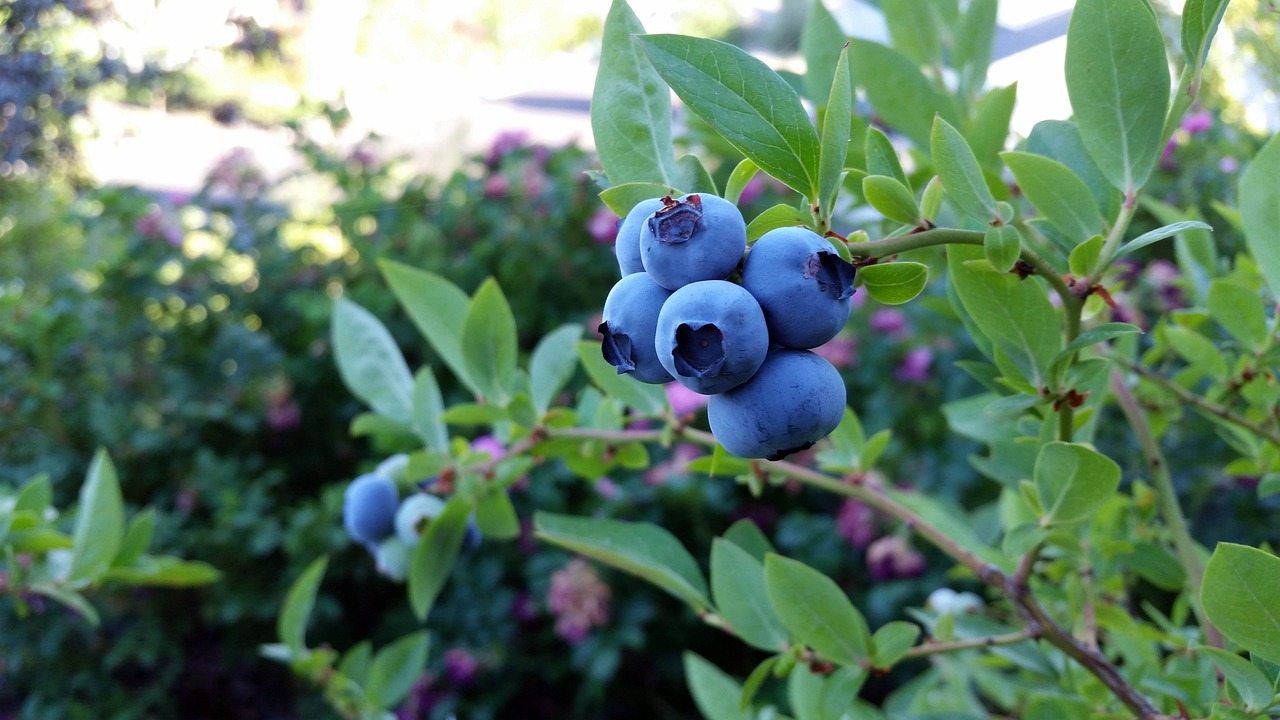
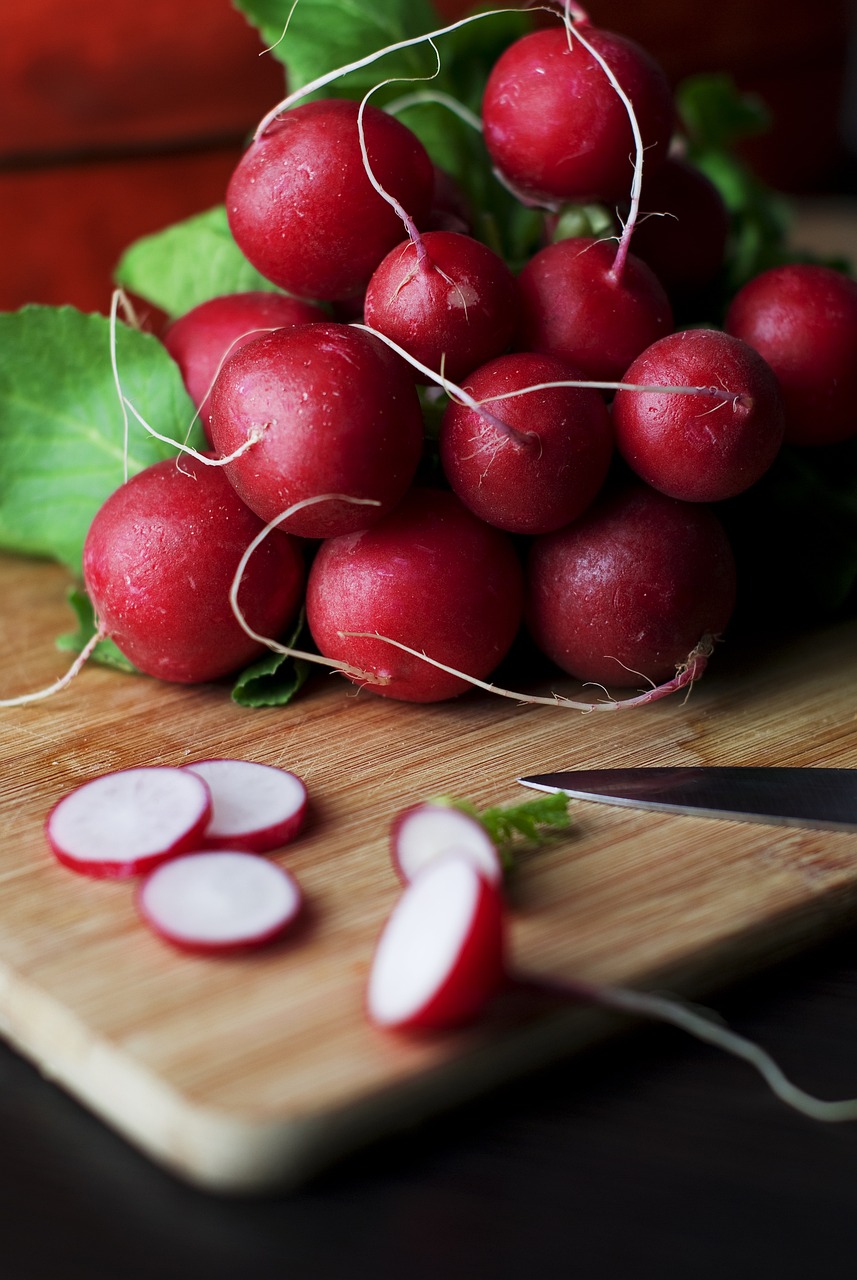
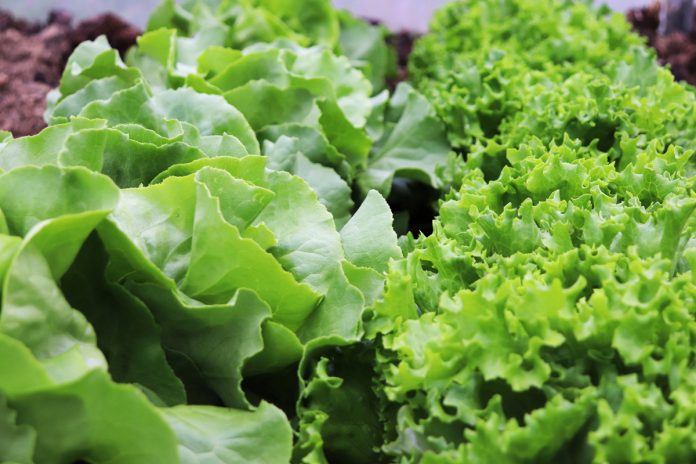
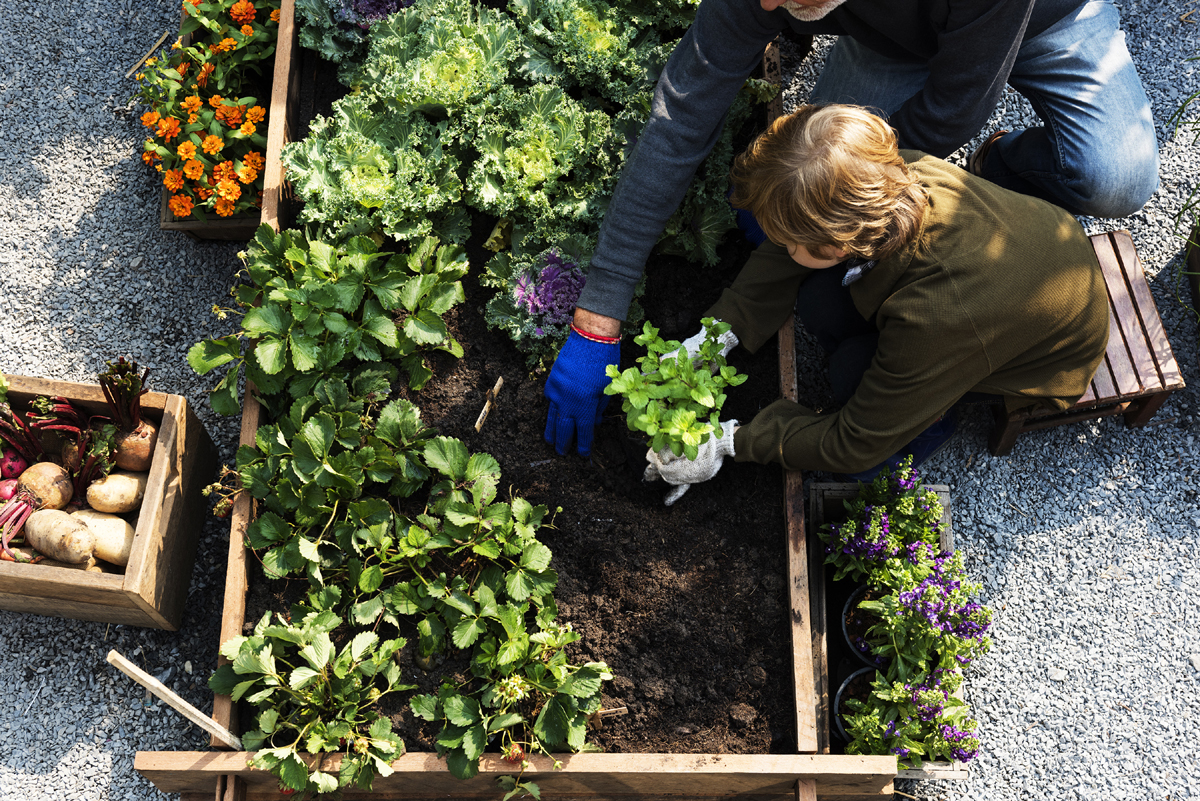

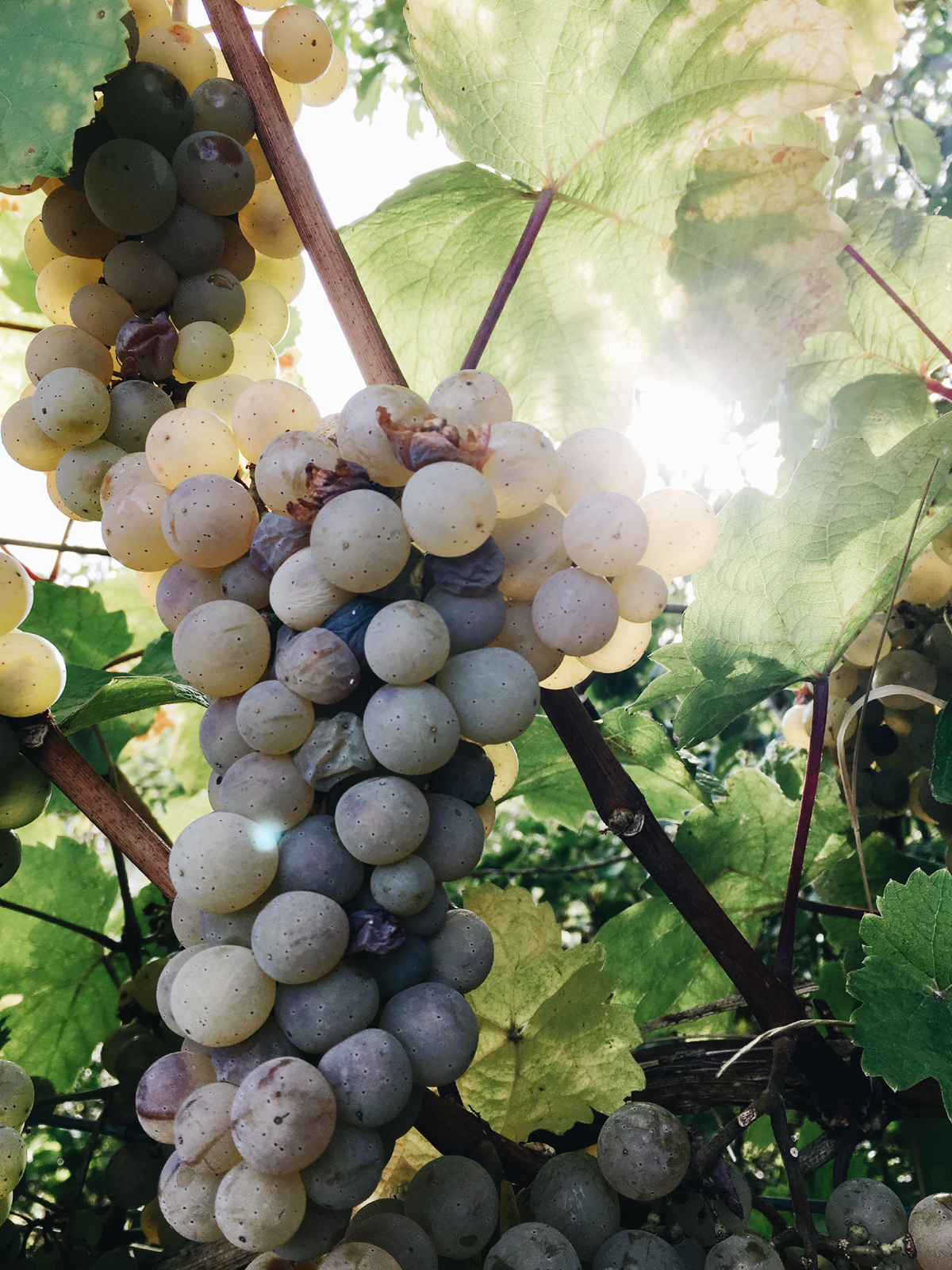
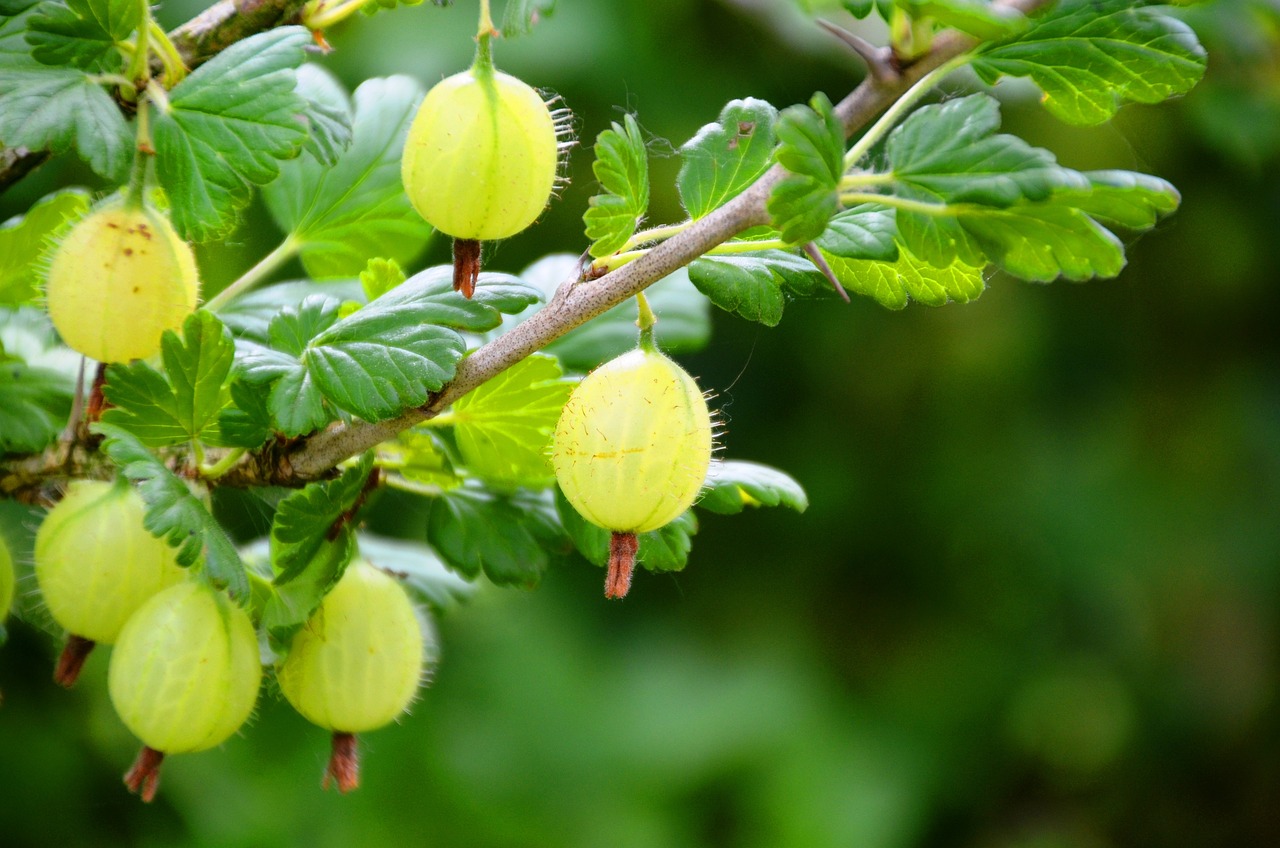
My garden is surrounded by trees. The roots seem to suck the nutrition out of the soil faster than I can replenish it. They grow into the lawn and then garden area. I have dug, cut and sawed to minimize their effect as deep as I can. Anyone have ideas on what to do? The trees belong to my neighbors.
Dealing with tree roots can definitely be a challenging situation, especially when it affects the nutrient balance in your garden. Here are a few ideas that might help:
1. Raised Beds: Consider creating raised beds for your garden. By building raised beds, you can control the soil quality and prevent tree roots from infiltrating the area. Fill them with nutrient-rich soil and compost, providing your plants with the necessary nutrients.
2. Nutrient-Rich Soil Amendments: Use organic soil amendments such as compost, aged manure, or worm castings to enrich the soil. These amendments can help replenish essential nutrients that may be depleted due to tree roots’ competition.
3. Deep Root Barriers: Install a deep root barrier around the perimeter of your garden. These barriers can be made of metal, plastic, or wood and serve as a physical barrier to prevent tree roots from penetrating into the garden area. It’s essential to consult with an arborist or professional to ensure correct installation to minimize any potential harm to the trees.
4. Container Gardening: Consider growing your plants in containers or pots. This way, you have full control over the soil quality and prevent the trees’ root interference. Additionally, containers can be moved to optimal spots with better sunlight or protected during adverse weather if needed.
5. Communicate with Neighbors: Have a friendly conversation with your neighbors about the issue. They might be willing to trim or prune their trees to reduce the root invasion. Collaborating with them on resolving this problem can lead to a mutually beneficial solution.
Remember, gardening challenges like this may require a combination of different approaches. Experimentation and adapting the solutions to your specific situation will help you find the best strategy for your garden. Good luck!